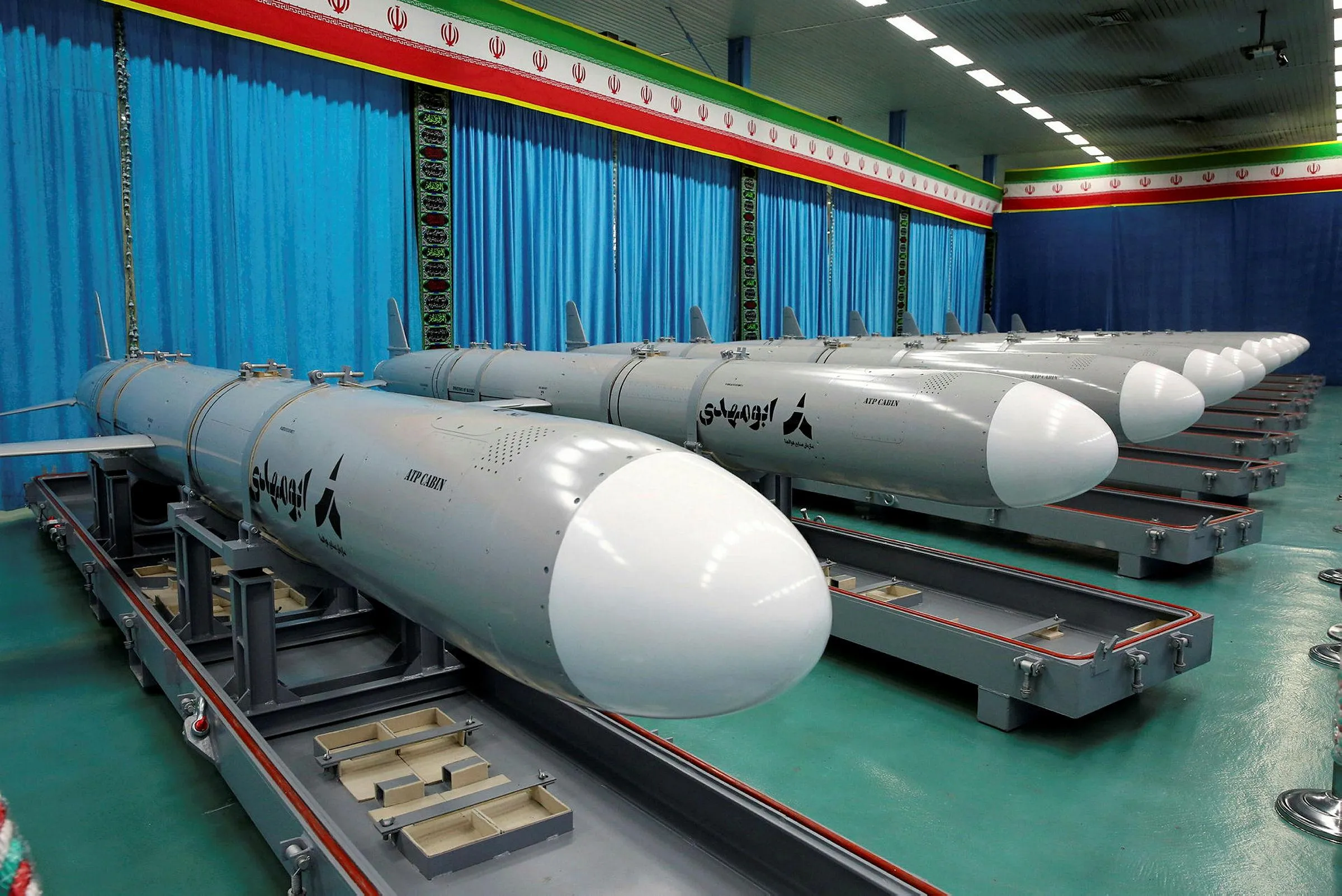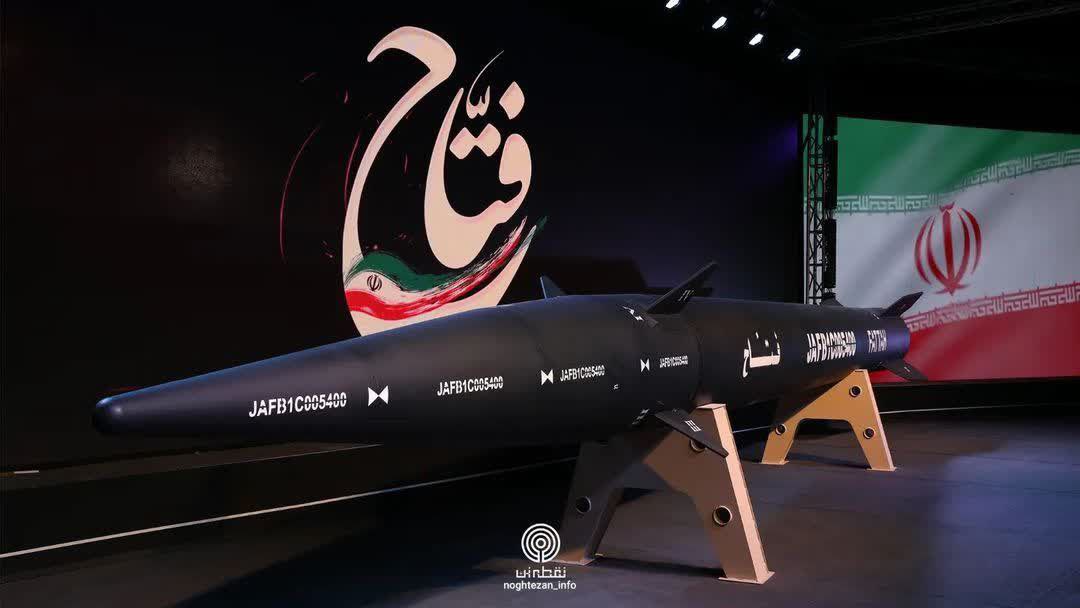Iran Masters Supersonic Cruise Missile Technology, Claims Hard to Intercept by “Enemies.”
"Supersonic cruise missiles technology will open up a new chapter in Iran's defense program because they are highly challenging to intercept the missile due to their supersonic speed," according to the state news agency Tasnim.
(DEFENCE SECURITY ASIA) — Recently, Iran announced that it has successfully developed the technology to develop supersonic cruise missiles, a capability that is expected to further increase Western concerns about Tehran’s missile capabilities.
Teheran claims that these supersonic cruise missiles are difficult to intercept by air defense systems.
According to the state news agency Tasnim, “Supersonic cruise missiles will open a new chapter in Iran’s defense program because they are highly challenging to intercept due to their supersonic speed.”
The news agency also stated that Iran’s supersonic cruise missiles utilize the latest engine systems compared to previous defense industry models used in the country.
“Supersonic cruise missiles will enhance Iran’s military response in any conflict and prevent invading forces from reacting quickly,” it added.

The announcement mentions that these supersonic cruise missiles are still in the testing phase.
This revelation about Iran’s latest supersonic cruise missile capabilities comes as the United States deploys thousands of its troops to the Middle East alongside F-35 and F-16 fighter jets to address potential threats from Iran and Russia.
Despite facing military sanctions, Iran continues to enhance its guided missile capabilities.
However, Western military analysts accused Iran of sometimes “exaggerating” its missile capabilities to obscure its weaknesses.
Teheran, which is alleged to possess one of the largest guided missile development programs in the Middle East, claims that its arsenal can strike military bases in Israel and the United States in the region.
A few months ago, Iran unveiled its first hypersonic missile called “Fattah,” which can reach speeds of Mach 15 and is claimed to be impervious to any air defense systems due to its high velocity.

Iranian authorities assert that the all-black “Fattah” hypersonic missile has a range of up to 1,400 km.
Regional military observers suggest that the development of the “Fattah” hypersonic missile will heighten the concerns of the United States and Israel about Tehran’s guided missile technology.
According to the country’s media, the “Fattah” can reach speeds of Mach 15, or over 5,000 meters per second, and no advanced air defense systems from the United States or Israel can intercept it.
The introduction of the “Fattah” hypersonic missile follows the launch of an Iranian ballistic missile last month, which drew criticism and condemnation from Western countries, especially the United States and its main ally, Israel.
Dubbed “Kheibar,” Iran’s fourth-generation ballistic missile has a range of up to 2,000 km and can target locations in Israel.
It can also carry a conventional warhead weighing up to 1,500 kilograms, according to Iranian military officials, who added that “Kheibar” can reach speeds of Mach 15 outside the atmosphere and Mach 8 within the atmosphere. — DSA

DEFENCE SECURITY ASIA APPS
To advertise contact admin: haikalhamas73@gmail.com


Comments are closed.